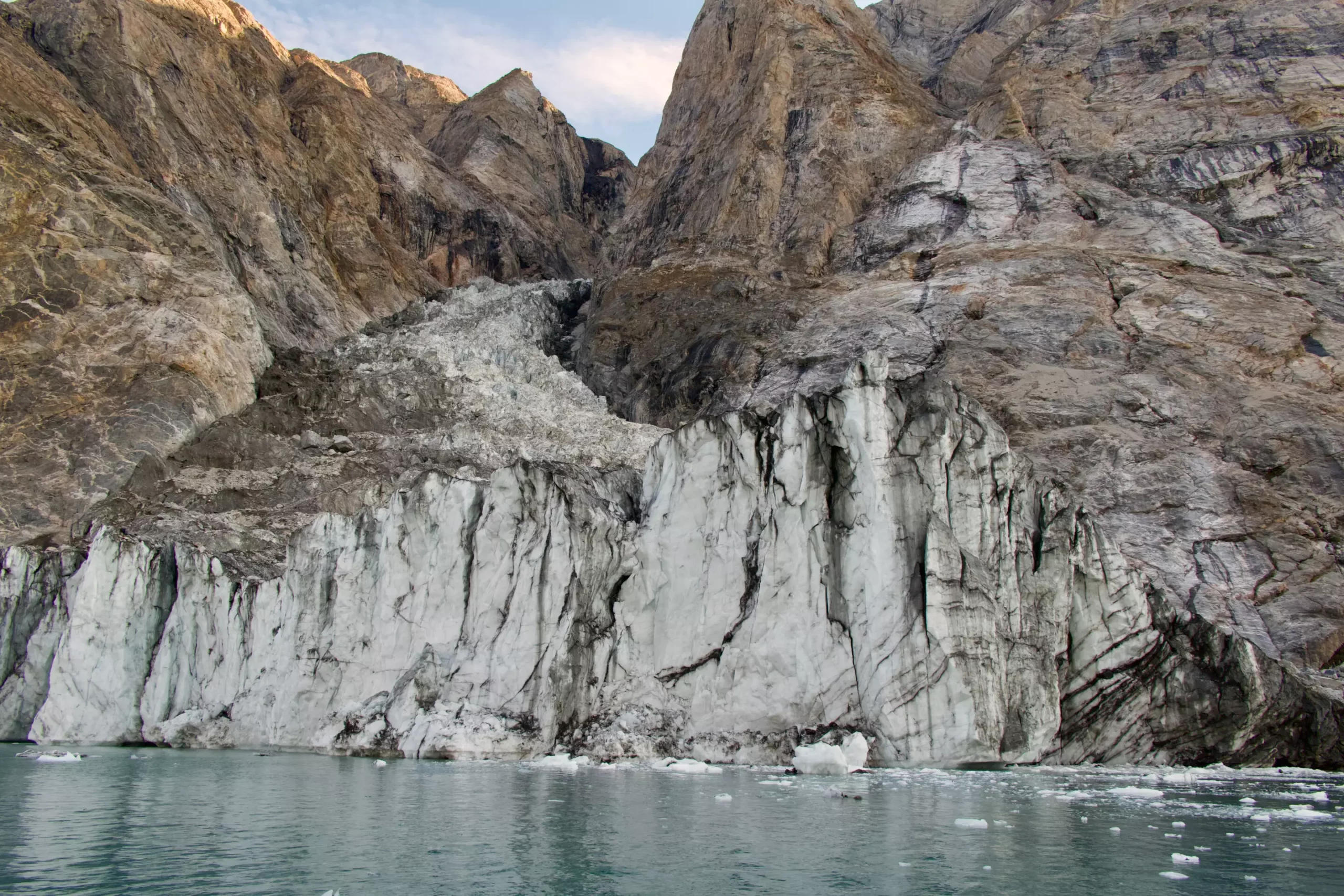In September 2023, an unusual seismic event captured the attention of scientists globally, leading to an extensive investigation that would reveal a startling connection between geological phenomena and climate change. Over nine days, researchers noted a mysterious rhythmic signal emerging from the depths of Earth’s crust, raising questions about its origin and implications. The international response featured a collaborative effort from experts, including seismologists from UC San Diego’s Scripps Institution of Oceanography. Their study, published in the prestigious journal Science, unveiled that this seismic signal was directly linked to a landslide that occurred in East Greenland.
The culprit in this geological mystery was a massive landslide, where more than 25 million cubic meters of rock and ice, enough to fill about 10,000 Olympic swimming pools, collapsed into a fjord. This incident triggered a gigantic tsunami nearly 200 meters (650 feet) high, creating chaos within the fjord as waves oscillated back and forth for many days, producing the seismic activity that puzzled scientists. Fortunately, the region was devoid of human occupancy, sparing lives but not infrastructure. The destruction was significant, with damage estimated at around $200,000 to an unoccupied research station located on Ella Island.
Kristian Svennevig, the lead author and geologist from the Geological Survey of Denmark and Greenland (GEUS), reflected on the early stages of their investigation. The peculiar seismic waves confused researchers, as they differed significantly from the characteristic signatures produced by earthquakes. Instead of sharp spikes typical of seismic activity, the waves oscillated on a 92-second interval, a rhythm too slow for human perception.
The trigger for this catastrophic event lies within the changing climate. The melting of glaciers at the base of mountains in the region destabilized the geological structure, setting the stage for the landslide. This incident showcased the far-reaching consequences of climate change, as our planet’s shifting climate can create conditions for unpredictable geological events. “Climate change is shifting what is typical on Earth, and it can set unusual events into motion,” noted Alice Gabriel, another key researcher on the study.
The scientific community has long warned about the cascading hazards posed by climate change, and this incident serves as a stark reminder. As ice continues to melt in polar regions, the likelihood of similar large-scale landslides increases, posing a threat not only to the immediate landscapes but also to human activities such as shipping routes that traverse these treacherous waters.
The complexity of the seismic signal prompted an unprecedented interdisciplinary approach. A team of 68 scientists from 41 research institutions pooled various data sources: seismic recordings from around the globe, satellite imagery, field measurements, and advanced computer simulations. By combining these elements, researchers could reconstruct the precise series of events that led to the tsunami and the prolonged seiche – a phenomenon characterized by the oscillation of water within a confined space.
As the investigation progressed, scientists adapted supercomputers to emulate the dynamics of the tsunami and analyze the ensuing seiche. Modeling such a long-lasting tsunami was no small feat, but through persistent collaboration, they could accurately depict this unique geological event. “It was exciting to be working on such a puzzling problem with an interdisciplinary and international team of scientists,” said Robert Anthony, a co-author from the United States Geological Survey.
Once the link between the landslide and the seismic signal was established, it opened the door to a more profound understanding of potential future occurrences. The findings urge researchers to comb through existing seismic records, as they now possess a framework to identify similar events that may have gone unnoticed earlier. The knowledge gleaned from this study underlines the importance of monitoring polar regions; a past landslide in Karrat Fjord resulted in a tsunami that devastated the nearby village of Nuugaatsiaq in 2017, illustrating the ongoing risks present in these transient environments.
The recent discovery not only adds to the growing understanding of climate change’s impact on Earth but also emphasizes the need for continual vigilance in earth Sciences. “This shows there is stuff out there that we still don’t understand and haven’t seen before,” stated Carl Ebeling, co-author of the study, who contributed to managing the network of seismic sensors that monitored the tremors.
This extraordinary seismic event stands as a testament to the interconnectedness of our planet’s systems – where changes initiated by climate change can lead to significant geological events. The collaboration among scientists across the globe exemplifies the determination and ingenuity required to tackle the pressing questions posed by an ever-evolving Earth, underscoring the necessity for continued observation and research in understanding our planet’s future.


Leave a Reply